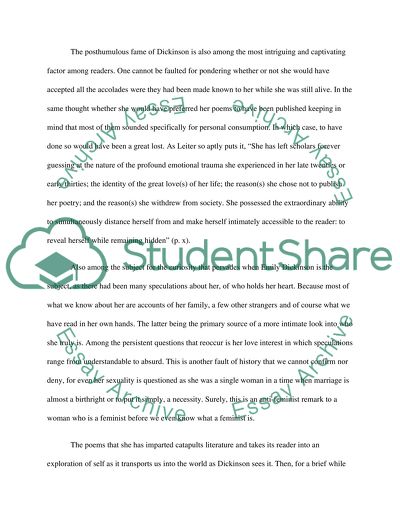Cite this document
(“Emily Dickinson: Themes, Motifs and Symbols in her poems Research Paper”, n.d.)
Retrieved from https://studentshare.org/family-consumer-science/1417769-emily-dickinson-themes-motifs-and-symbols-in-her
Retrieved from https://studentshare.org/family-consumer-science/1417769-emily-dickinson-themes-motifs-and-symbols-in-her
(Emily Dickinson: Themes, Motifs and Symbols in Her Poems Research Paper)
https://studentshare.org/family-consumer-science/1417769-emily-dickinson-themes-motifs-and-symbols-in-her.
https://studentshare.org/family-consumer-science/1417769-emily-dickinson-themes-motifs-and-symbols-in-her.
“Emily Dickinson: Themes, Motifs and Symbols in Her Poems Research Paper”, n.d. https://studentshare.org/family-consumer-science/1417769-emily-dickinson-themes-motifs-and-symbols-in-her.


